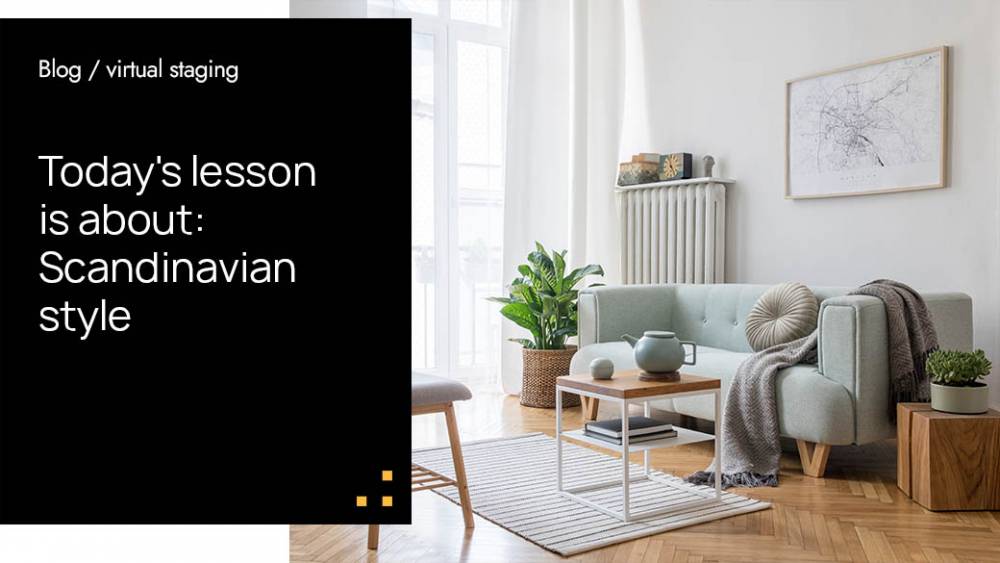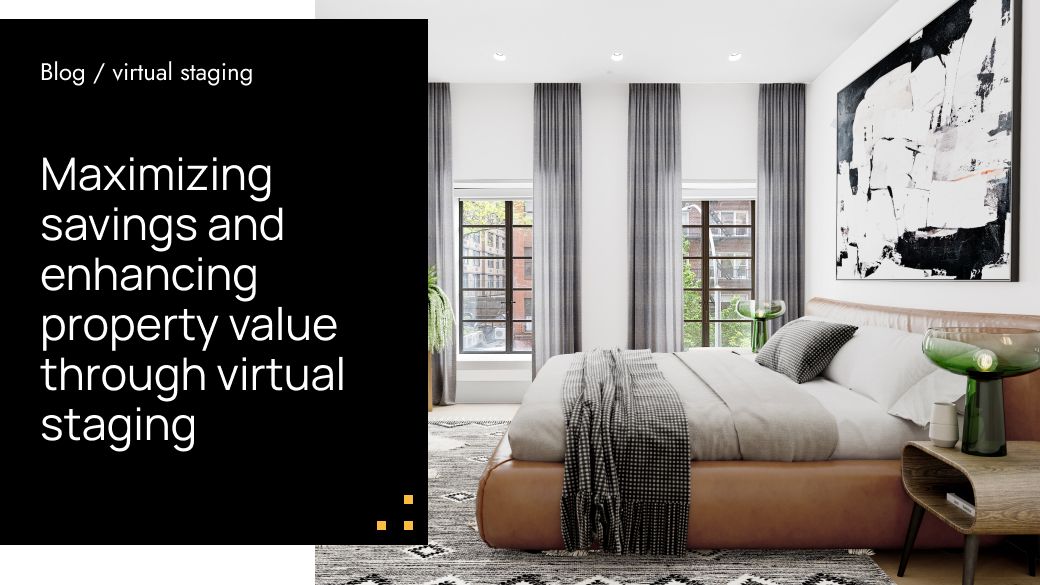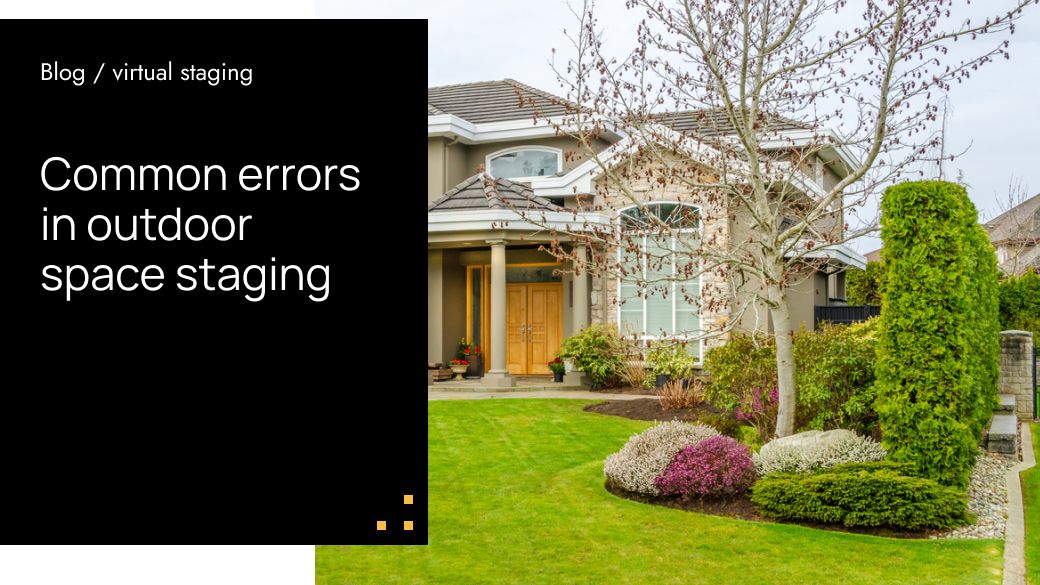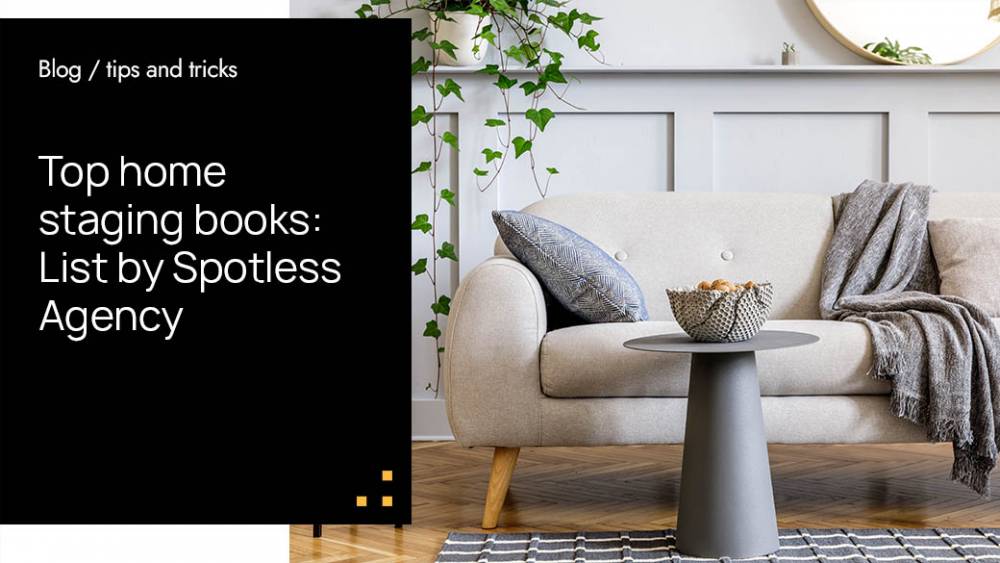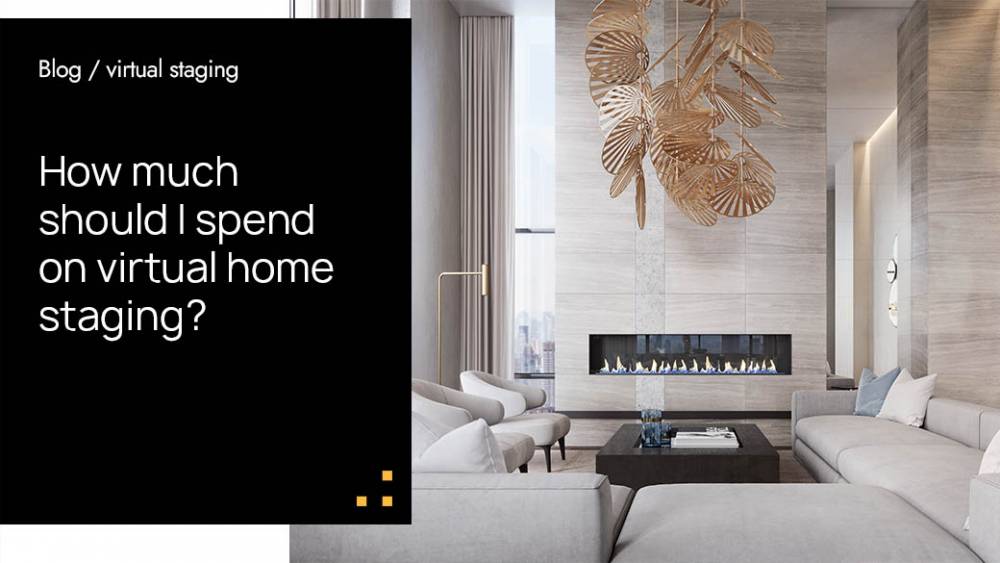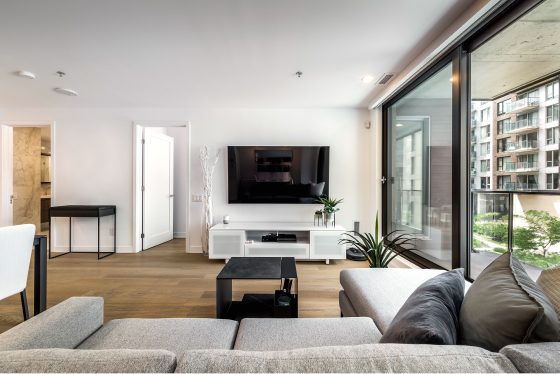Scandinavian style: definition and origin
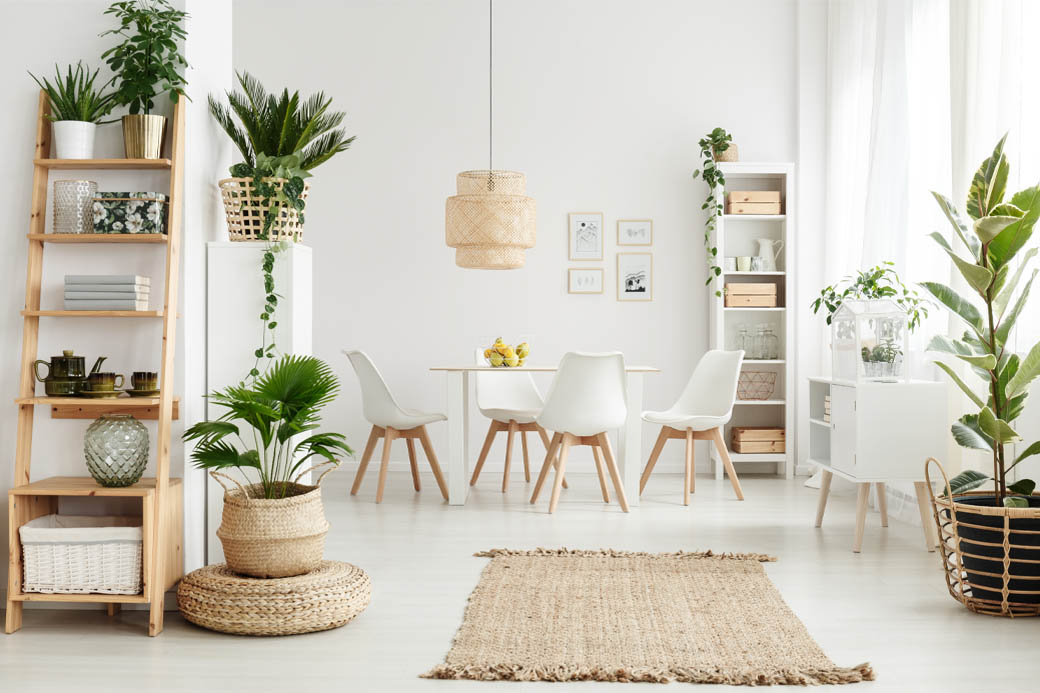
Scandinavian design has been gathering its features since the 19th century. It has been inspired by the climate and nature of the countries located there. Most of the Scandinavian countries have a dark, cold and snowy climate, there are mountainous and covered with forests areas so the main goal to achieve by the design is psychological warmth and use of natural materials.
This style has experienced two golden ages. The first one started in the 30ies years of the 20th century and was developed by such renowned designers as Alvar Aalto, Borge Mogensen, Hans J. Wegner etc. These and many other people have formulated the values of the Scandinavian design that must be durable, functional and reliable. Another golden age of the Scandinavian style was at the beginning of the 21st century. The style has evolved from folk-inspired and traditional to rather minimalistic. Grag Ritchie, the design manager of Ikea, has determined three other features of the modern Scandinavian style including functionality, beauty, and simplicity. The accents are made on natural materials, light, and minimalism.
Features of the Scandinavian style
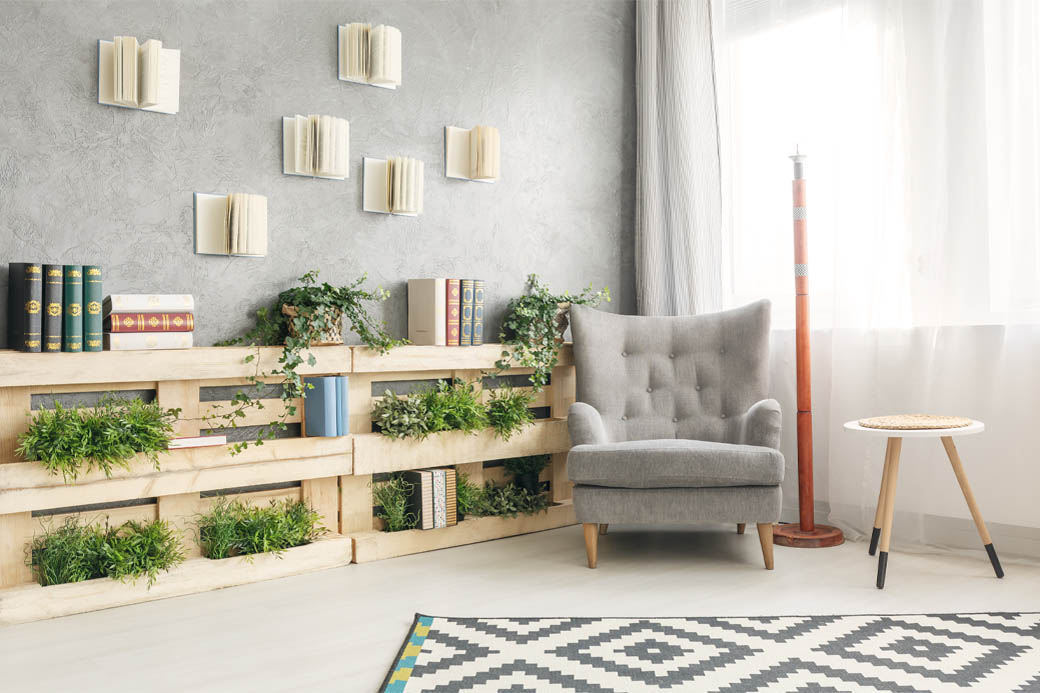
Like every other design Scandinavian style has its exclusive features that make it stand out among others. Now we will focus on several tips how to achieve a Scandinavian look of the interior:
- Floors are usually wooden with the natural wood color and may be adorned with a soft rug;
- White or light colors dominate the interior to add light and space;
- A bigger part of the furniture, as well as walls and floors, are covered with light woods like pine, beech, and ash;
- Clean lines and solid pieces characterize this style. The priority is made on functions but without any sacrifice of aesthetics too;
- Free of clutter space with much room for things is an important design aspect;
- Predominantly bare walls can be adorned with simple and minimalist accents;
- Window treatment is usually transparent, sheer or is absent completely to let more natural light in the room;
- Mirrors are used to expand the room visually and reflect more light;
- Bright colors and life appear in this style thanks to green plants that are liked by many homeowners;
- Cozy and soft textiles provide a touch of warmth and comfort;
- For the white walls not to look sparse they are accompanied by bright splashes of color in the accessories, pillows or rug, for example.
Conclusion
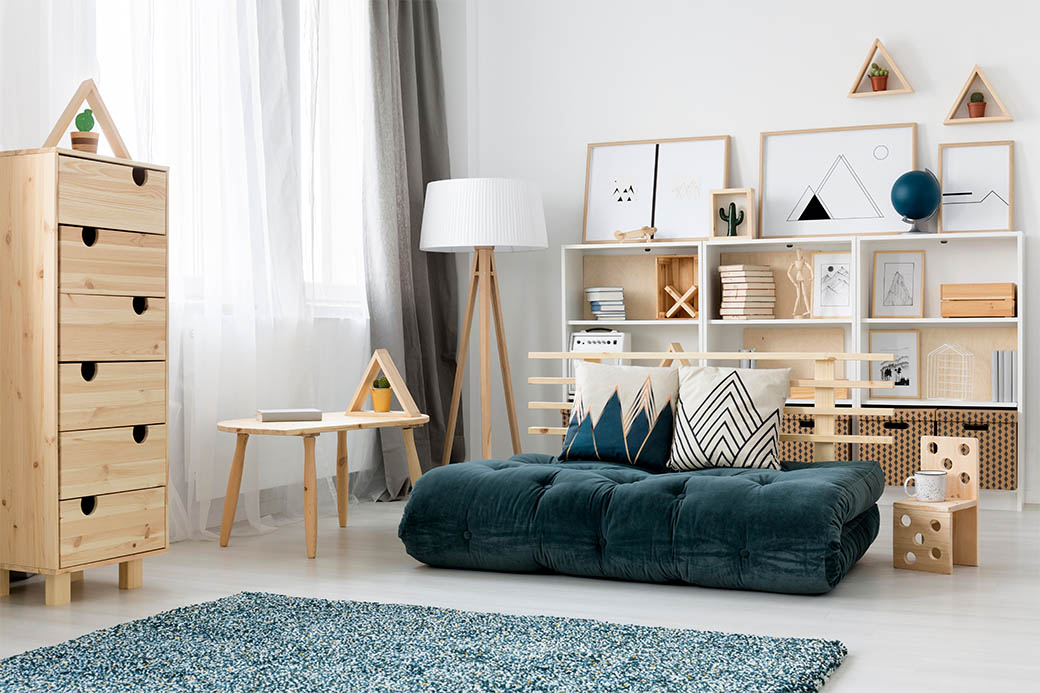
The popularity of the Scandinavian design has grown due to its unique opportunity to create an uncluttered, welcoming and warm interior. It has united the best traditional and the most functional modern pieces to create an interior that is really meant for comfortable living. Being minimalist such designs are affordable and even a tiny accessory can refresh the space.
